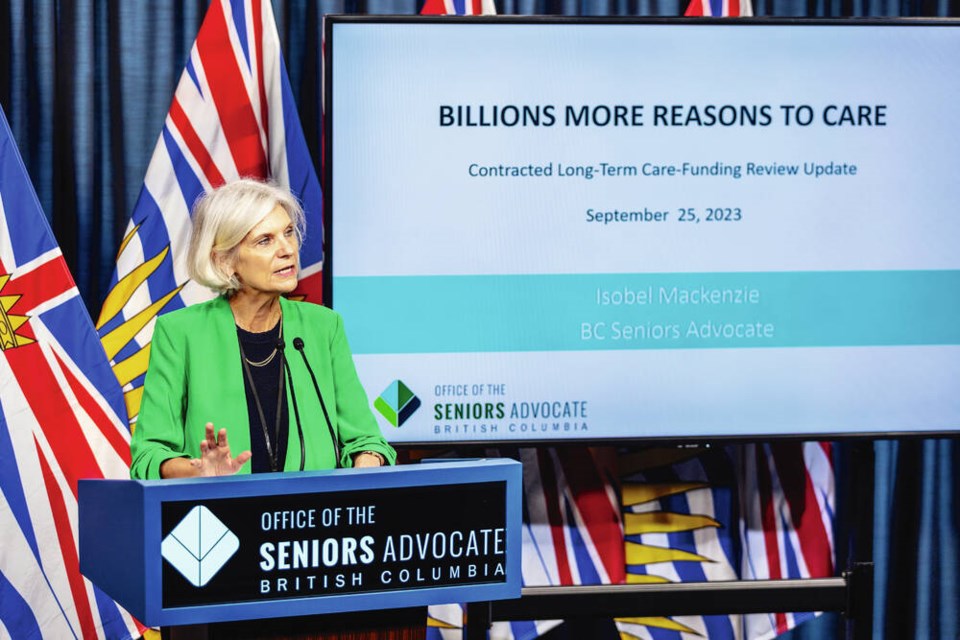One of the principal causes of our health-care crisis was the failure, 20 years ago, to plan for what was then an unmistakable reality: the aging of our population.
Today, baby boomers average between 65 and 70 years of age. They represent 20 per cent of our population. The problem, of course, is that older people need more health care, and in particular, more intensive care. By one estimate, 25 per cent of the total health care budget is spent on people in their last three years of life.
Surgery numbers tell the story. Between 1995 and 2000, hip surgeries increased by 42 per cent, cataract removals by 66 per cent, and knee replacements by 92 per cent. We can see here the beginnings of the crisis that has steadily enveloped us.
Making matters worse, the number of physicians, nurses and other providers reaching retirement age has soared.
All of this was mathematically foreseeable, yet necessary steps were not taken. The new hospital construction required to meet this increasing demand was not undertaken.
Expansion of medical and nursing school places, equally essential, lagged far behind the predictable need.
It is now too late to correct fully for these failings. We will have to live with an insufficient number of family doctors and crowded hospitals for at least another decade. Health Minister Adrian Dix said as much when he conceded that high demand for emergency medical care may be the “new normal.”
However, it is not yet too late to prevent another wholly foreseeable crisis, this time in long-term care.
The average age of nursing home residents is 83. People this age are the fastest growing segment of our population, and that group will reach its peak in 10 years.
That’s how long we have to make the necessary provisions. Yet have we?
According to Isobel Mackenzie, the B.C. seniors advocate, between 2017 and 2022 the overall number of long-term care beds in the province rose by only two per cent.
Indeed the number of beds per person aged 75 and older has fallen by 13 per cent over the past five years.
Meanwhile the number of people on the waiting list for a nursing home bed climbed 149 per cent over the same period. The average length of time on the wait list is now a record 196 days, more than six months. And these numbers will steadily get worse.
This is not to say there haven’t been improvements. More staff have been hired, wages have been raised, and the quality of care has increased.
But the bottom line is that we may need something like 10,000 more beds over the next 10 years, and the province has no plan to build or contract anything like that many.
There is an obvious alternative. A good many people who go into nursing homes could remain at home if they had sufficient support. But here too we are deficient. The percentage of newly admitted nursing home residents who could be cared for at home is twice as high in B.C. as in Alberta and Ontario, and 34 per cent higher than the national average.
The main reason is that provinces like Alberta and Ontario don’t charge for home support, while B.C. does.
We asked the ministry what it would cost to make home support free, but that calculation hasn’t been made. As things stand, the same crisis that has overtaken family medicine and hospital care lies in wait for long-term care.
It will be an unforgivable failure if we permit this to happen.



